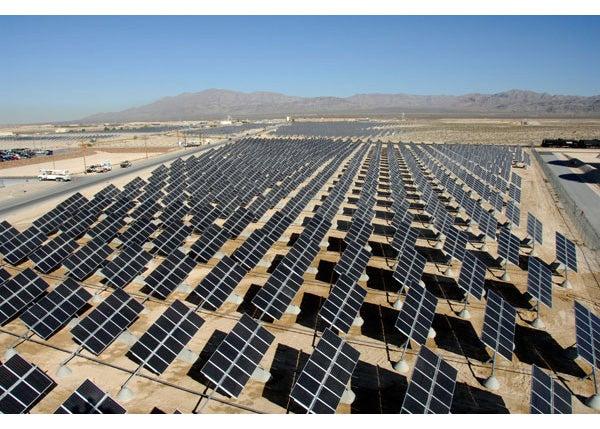SLAC Among Institutions Awarded Millions in Grants from Bay Area Photovoltaics Consortium
from Stanford Report
By Mark Shwartz
from Stanford Report
The Bay Area Photovoltaic Consortium (BAPVC) – an industry-supported program led by Stanford University and the University of California-Berkeley – has announced its first research grants aimed at making utility-scale solar power cost-competitive by the end of the decade.
A total of $7.5 million will be given to 18 research teams at BAPVC partner institutions Stanford, UC-Berkeley, Lawrence Berkeley National Laboratory (LBNL), SLAC National Accelerator Laboratory and the National Renewable Energy Laboratory.
The three-year grants will be used to develop new technologies that significantly reduce the cost of photovoltaic modules and make large-scale solar technology cheaper for electric utilities by 2020.
"Our goal is to develop low-cost solar cells that can go into production within the decade," said John Benner, BAPVC executive director. "We're looking to develop improvements to existing technologies that industry can implement very quickly. That's the beauty of these awards."
Established in April 2011 with a five-year, $25 million award from the U.S. Department of Energy, the consortium brings together industry and academic experts to identify critical challenges in photovoltaic manufacturing.

(balloon boy/Wikimedia Commons)